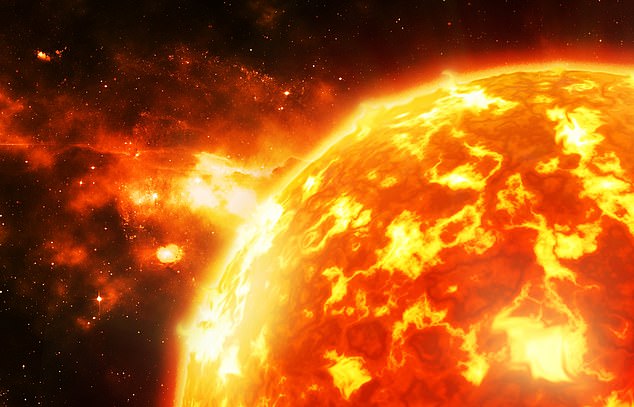
Global Blackouts from Severe Solar Storm; Experts Warn of Escalating Crisis
Massive Solar Storm Triggers Global Blackouts – More Expected
(Image: Solar flare erupting from the Sun’s surface)
Earth experienced its strongest solar flare of 2025 this week, sparking widespread radio disruptions. The X2.7-class explosion originated from sunspot AR4087 on May 14, releasing radiation that caused high-frequency communication blackouts across Europe, Asia, and the Middle East.
Why It Matters
Solar flares are ranked by intensity: X-class flares are the most powerful, followed by M, C, and B-class. This X2.7 flare, though mid-tier for its class, ionized Earth’s upper atmosphere upon impact. This disruption temporarily disabled radio signals reliant on atmospheric reflection, affecting aviation, maritime operations, and emergency services in daylight regions.
Growing Threat
Experts warn AR4087 could unleash more flares as it rotates toward Earth. Aurorachaser Vincent Ledvina noted subsequent M-class flares, including an M5.3 and M7.74, stating, “This is getting intense. We’ll have to wait and see what’s next.”
(Image: Satellite view of radio blackout zones during the flare)
Behind the Flares
Sunspots like AR4087 are magnetically active regions. When their twisted magnetic fields snap, they release energy as flares (light-speed radiation bursts) or coronal mass ejections (CMEs; slower plasma clouds). While this event involved a flare, CMEs pose greater risks—like prolonged power grid disruptions.
Preparedness Gaps
A 2024 U.S. government simulation exposed vulnerabilities in handling extreme space weather. Participants struggled with outdated forecasting tools during a mock “solar superstorm.” The exercise highlighted the need for better tech to predict and mitigate impacts, as severe storms could cripple satellites, GPS, and energy systems.
Stay Alert
While this flare’s effects were temporary, scientists urge vigilance. AR4087’s Earth-facing position increases chances of stronger flares or CMEs in coming days. Agencies worldwide are monitoring solar activity to provide early warnings.
(Image: Illustration of a geomagnetic storm affecting Earth)
The Bottom Line
Solar activity is nearing its 11-year cycle peak, making events like this more likely. Improved forecasting and infrastructure safeguards are critical as society’s reliance on vulnerable technology grows.


